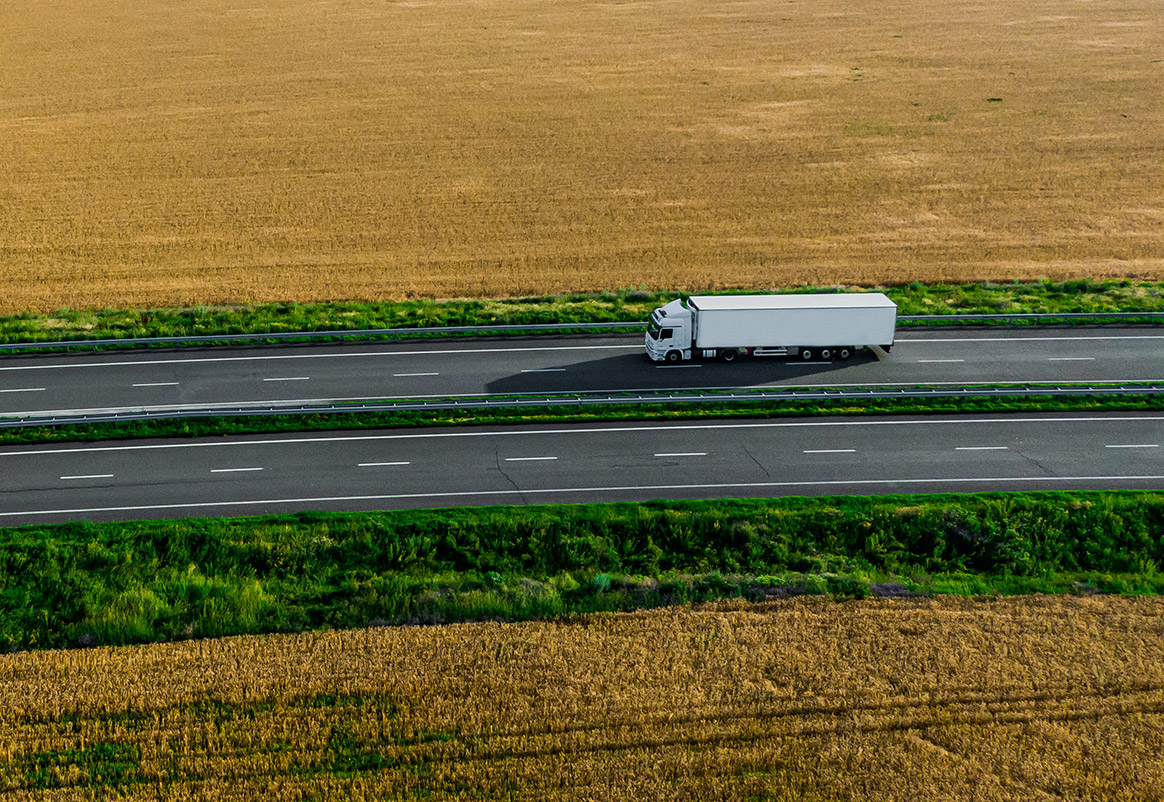When you sip your morning coffee or use your smartphone, have you ever wondered about the journey these products took to reach you? The world of commodity trading involves complex logistics that span the globe. Let’s explore how commodities are transported from producers to consumers, focusing on the key elements involved in this intricate process.
Modes of Transportation
Commodities travel via various means, each suited to different types of goods and routes:
- Maritime Shipping: The backbone of international commodity transport. Large vessels carry bulk commodities like metals, grains, and oil across oceans.
- Rail Transport: Ideal for moving heavy commodities over land, especially in large countries or continents.
- Trucking: Used for shorter distances and final deliveries, trucks offer flexibility in routing.
- Air Freight: While expensive, it’s used for high-value or time-sensitive commodities.
The Role of Vessels in Maritime Shipping
For many commodities, especially those traded internationally, ships are the primary mode of transport. Different types of vessels are used:
- Bulk Carriers: For loose commodities like grain or coal.
- Oil Tankers: Specifically designed for transporting crude oil and petroleum products.
- Container Ships: For commodities packed in standardized containers.
Each type of vessel is designed to handle specific types of cargo efficiently and safely.
Ports: Gateways for Global Trade
Ports play a crucial role in commodity logistics:
- Loading Ports: Where commodities are loaded onto ships. These are often near production areas.
- Discharge Ports: Where commodities are unloaded. Usually close to consumption or processing centers.
- Transshipment Hubs: Intermediary ports where cargo is transferred between ships.
Ports need specialized equipment to handle different types of commodities, from liquid terminals for oil to container cranes for packaged goods.
Incoterms: Defining Responsibilities
In commodity trading, Incoterms (International Commercial Terms) are used to clearly define the responsibilities of buyers and sellers in the logistics process. For example:
- FOB (Free on Board): The seller is responsible for delivery of the goods on board the vessel at the named port of shipment.
- CIF (Cost, Insurance, and Freight): The seller covers costs and freight to bring the goods to the port of destination.
Understanding these terms is crucial for managing the logistics and associated costs in commodity trades.
Challenges in Commodity Logistics
Transporting commodities globally comes with several challenges:
- Weather Disruptions: Storms or extreme weather can delay shipments.
- Geopolitical Issues: Political tensions or conflicts can affect trade routes.
- Infrastructure Limitations: Some ports or transportation networks may not be equipped to handle certain commodities.
- Regulatory Compliance: Navigating different countries’ import/export regulations.
The Impact of Efficient Logistics
Efficient logistics in commodity trading has far-reaching effects:
- Price Stability: Smooth logistics help maintain a steady supply, which can help stabilize prices.
- Global Accessibility: Efficient transport makes commodities available worldwide.
- Economic Growth: Facilitates international trade, contributing to economic development.
The logistics of commodity trading is a complex but fascinating aspect of global trade. From the ships that cross oceans to the trucks that make final deliveries, each step in the journey of a commodity is crucial. Understanding this process not only gives us appreciation for the products we use daily but also provides insight into the intricate web of global commerce that shapes our world economy.
